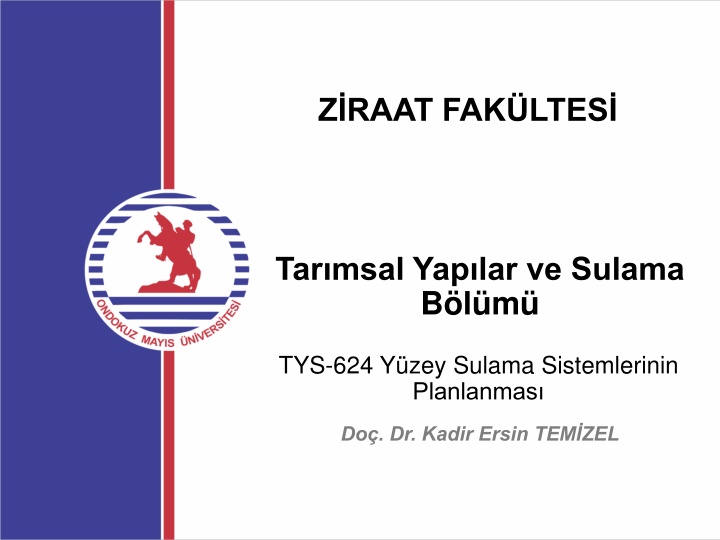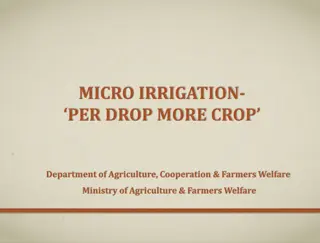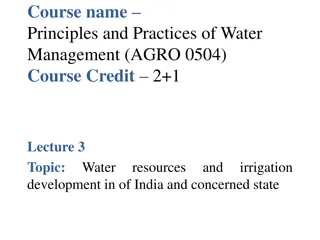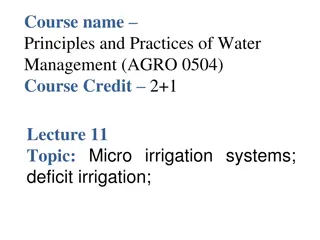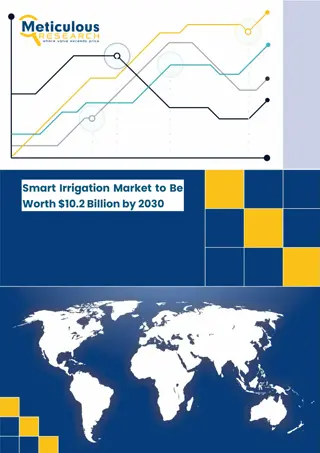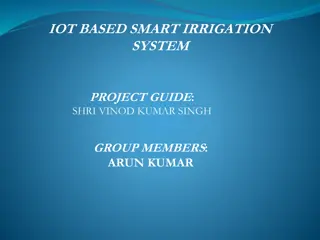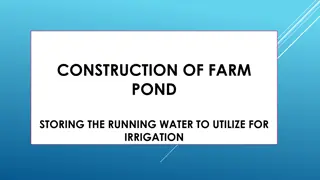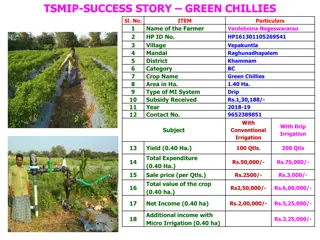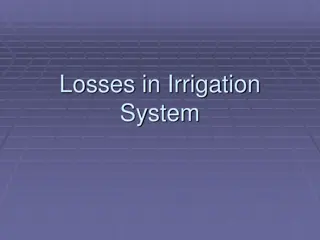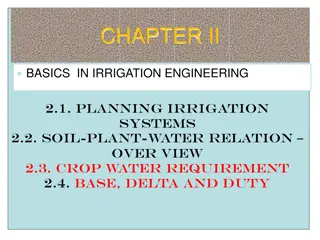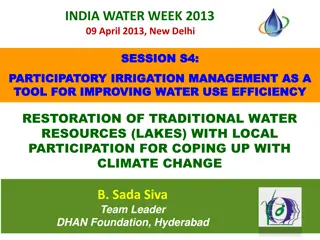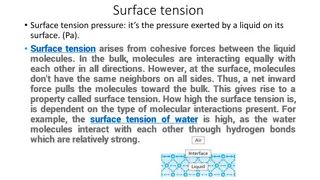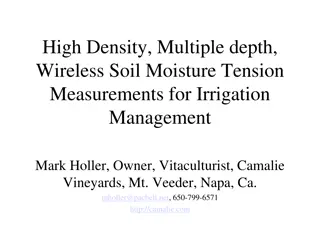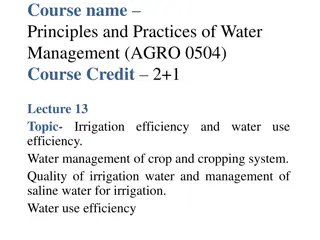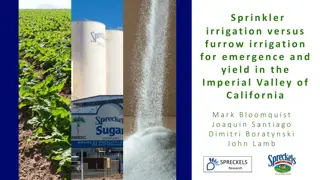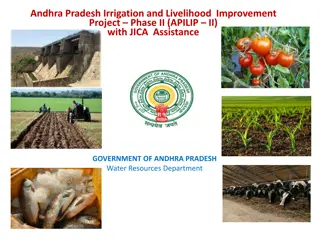Surface Irrigation Systems Planning and Management
This content provides insights into the planning and management of surface irrigation systems, discussing parameters for surface irrigation, basic types such as flood, retreat, furrow, and their advantages and disadvantages. It also covers land leveling methods and their effects, offering valuable information for optimizing agricultural water usage.
Uploaded on Feb 16, 2025 | 0 Views
Download Presentation

Please find below an Image/Link to download the presentation.
The content on the website is provided AS IS for your information and personal use only. It may not be sold, licensed, or shared on other websites without obtaining consent from the author.If you encounter any issues during the download, it is possible that the publisher has removed the file from their server.
You are allowed to download the files provided on this website for personal or commercial use, subject to the condition that they are used lawfully. All files are the property of their respective owners.
The content on the website is provided AS IS for your information and personal use only. It may not be sold, licensed, or shared on other websites without obtaining consent from the author.
E N D
Presentation Transcript
ZRAAT FAKLTES Tar msal Yap lar ve Sulama B l m TYS-624 Y zey Sulama Sistemlerinin Planlanmas Do . Dr. Kadir Ersin TEM ZEL
Yzey sulamaya ilikin parametrelerin belirlenmesi TYS-624 Y zey Sulama Sistemlerinin Planlanmas Hafta-1
Basic types flood retreat surface furrow border strip basin 4
Advantages and disadvantages Advantages the large expenditure on storage, headworks, usually paid for by the is an advantage (for the farmer) in the surface irrigation may be more likely to be surface irrigation is more suitable for some crops; leaching is easier and cheaper if it is needed surface methods can use large flows available allows canalised water and distribution canals is Government, and the capital cost on the farm is low - this case of peasant agriculture: traditionally understood, crops, such as rice and forage for short periods, and so supply to be easily shared by several farmers 5
Disadvantages difficult to get even distribution of water on light permeable soils which have high infiltration rates; surface irrigation is not suitable for crops which (shallow rooted and/or drought susceptible crops); efficient surface irrigation usually requires smooth land and if the land is not naturally smooth, it may be expensive to level it and the topsoil and fertility can be disturbed; field layout for surface irrigation may restrict measures are adopted need frequent light watering mechanisation unless special 6
Land levelling and its effects Methods grid surveys; deep ripping; land planes; use of lasers 7
Some problems associated with land levelling An example of the effect of exposing sub-soil on the surface after land levelling on a field of cotton in Iran. Cut areas are where soil has been excavated. Fill areas are where soil has been deposited during land levelling 12
Not really a method of irrigation but many people depend on flooding for crop production. Problem often caused by dam construction such as in Kenya (Turkwell dam) - see New Sci. 18/6/87; p35 16
